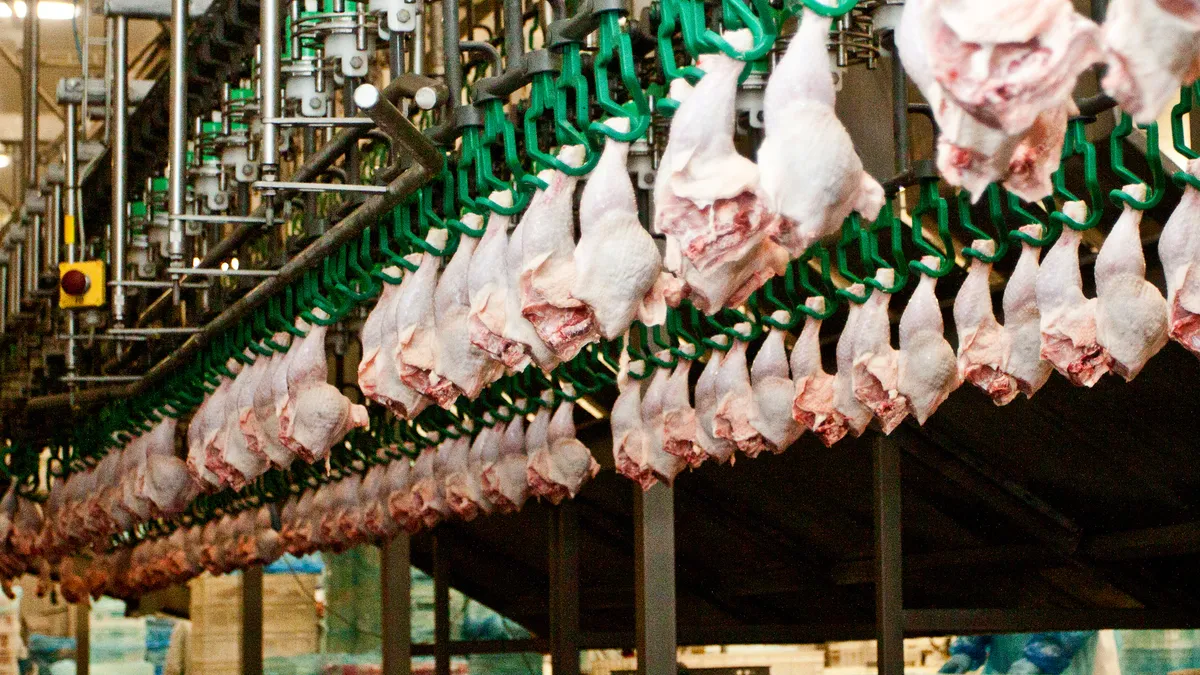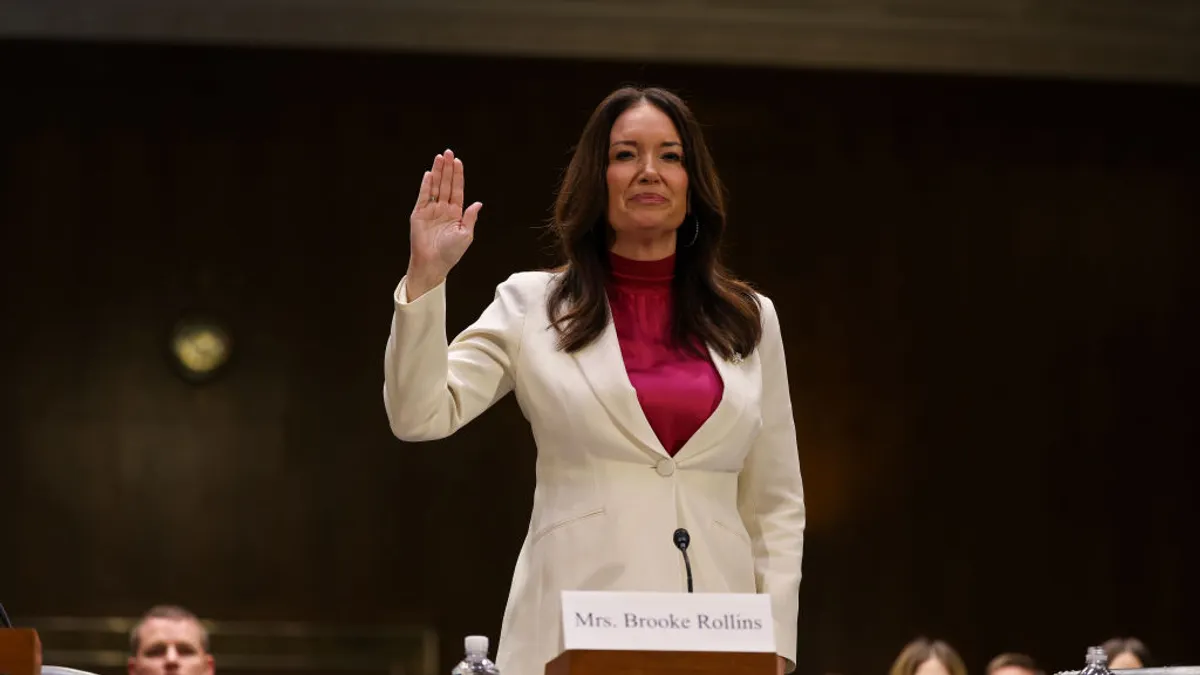The U.S. Department of Agriculture released its final rule updating nutrition standards for school meals on Wednesday, requiring gradual limits on added sugars and slight reductions for sodium.
The update marks the first time added sugars will be restricted in school meals nationwide, with small adjustments beginning in fall 2025 and full implementation required by fall 2027. Sodium content will also need to be slightly reduced in school meals by fall 2027.
Starting July 1, 2025, the USDA’s new sugar limits for school cafeterias state that breakfast cereals cannot have more than 6 grams of sugar per dry ounce. Yogurt may also not have more than 2 grams of added sugars per ounce.
By the 2027-28 school year, a weekly dietary limit will be implemented requiring that added sugars make up less than 10% of calories throughout the week in school breakfast and lunch programs.
The final rule still permits schools to provide flavored and unflavored milk to students. But there will be a new limit on added sugars in flavored milk served in cafeterias by fall 2025, USDA said. Specifically, flavored milk cannot contain more than 10 grams of added sugar per 8 fluid ounces beginning in the 2025-26 school year.
As part of the rule’s reduction on sodium, school cafeterias will be allowed to maintain current sodium limits for now. But starting July 1, 2027, schools will have to decrease sodium levels by 15% in lunches and 10% in breakfasts.
Though USDA initially proposed a requirement for schools to offer mostly whole grain products, the final rule does not include any changes to nutrition standards regarding whole grains.
The new school meal nutrition standards are part of the Biden administration’s steps to improve children’s health as included in the National Strategy on Hunger, Nutrition and Health released in September 2022 during a White House conference on the topic. K-12 schools serve breakfast and lunch to almost 30 million children daily, according to the USDA.
“Like teachers, classrooms, books, and computers, nutritious school meals are an essential part of the school environment, and when we raise the bar for school meals, it empowers our kids to achieve greater success inside and outside of the classroom,” Agriculture Secretary Tom Vilsack said in a statement. “Expanding on this major milestone, the Biden-Harris Administration will continue to partner with schools, districts, states and industry to build on the extraordinary progress made to strengthen school meals.”
Some school nutrition advocates praised the USDA’s new rule after previously flagging concerns that the agency’s initial proposal was too unrealistic for schools to implement. The USDA received over 136,000 public comments on that proposal in May 2023.
The School Nutrition Association issued a statement Wednesday calling the latest school nutrition standards “more attainable,” noting that the rule also acknowledges the issues schools must handle when they adjust menus, and that they have to get students onboard with eating healthier meals.
The association also urged Congress and the USDA to provide more support to schools so they can implement the latest nutrition updates.
“Further sodium and sugar reductions will require investments in staffing, training and equipment to expand scratch cooking,” said SNA President Chris Derico. “USDA and Congress must ensure schools, grappling with rising costs, labor shortages and procurement issues, have the support and funding needed to successfully implement these new rules."
David Schuler, executive director of AASA, The School Superintendents Association, said in a statement Wednesday that while the final rule is “not perfect,” it’s a reasonable path forward. Schuler added that when school nutrition standards go too far, students don’t want to eat school meals.
“The new guidelines provide practical standards and a phased-in implementation approach that allows school leaders and nutrition professionals to continue their work to ensure students have the meals they need, without unnecessary disruption,” he said.
However, House Education and the Workforce Committee Chairwoman Rep. Virginia Foxx, R-N.C., said in a recent statement that the new USDA standards are unrealistic.
“Rather than respecting the decades of work undertaken by school nutritionists and local professionals, the Department still wants to push regulations that run counter to the nutritional quality that students deserve in their meals,” Foxx said. “The proof is in the pudding – though if you asked the Department, it would want to regulate that out of existence too.”




















